Guanacoes (Lama guanicoe) in Patagonia, Torres del Paine. The name guanaco comes from the South American language Quechua word wanaku (old spelling, huanaco). Young guanacos are called chulengo(s). — Photo
Guanacoes (Lama guanicoe) in Patagonia, Torres del Paine. The name guanaco comes from the South American language Quechua word wanaku (old spelling, huanaco). Young guanacos are called chulengo(s).
— Photo by meunierd- Authormeunierd

- 349526528
- Find Similar Images
- 4.5
Stock Image Keywords:
- peak
- snow
- vicuna
- lama
- animal
- rock
- south
- view
- bunch
- mountain
- paine
- landscape
- herbivores
- camelid
- wilderness
- camel
- nobody
- Chile
- horizontal
- torres
- alpaca
- argentina
- steppe
- patagonia
- nature
- cliff
- land
- group
- mammal
- spit
- llama
- natural
- america
- hair
- guanicoe
- latin
- guanaco
- beast
- bokeh
- hairy
- ungulates
- del
- herding
- wild
- Camelidae
- herd
- andes
- patagonian
- wildlife
Same Series:
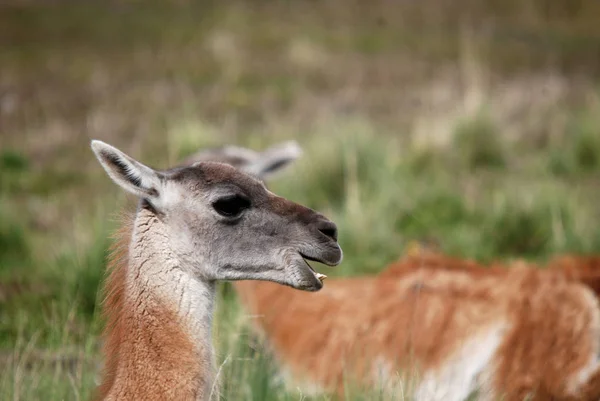
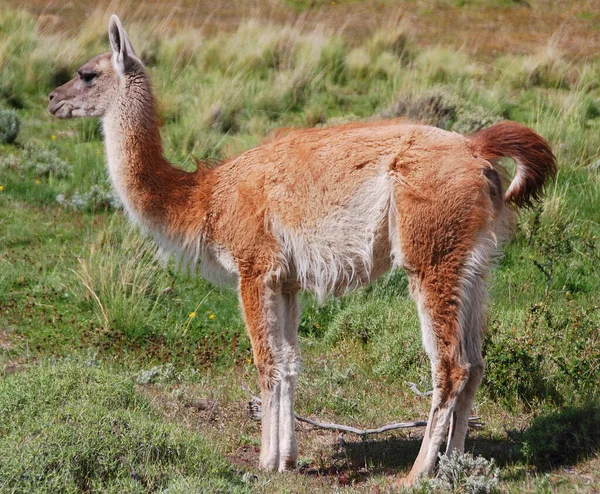
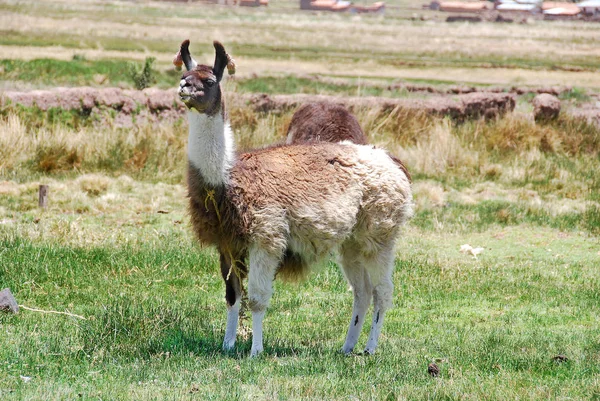

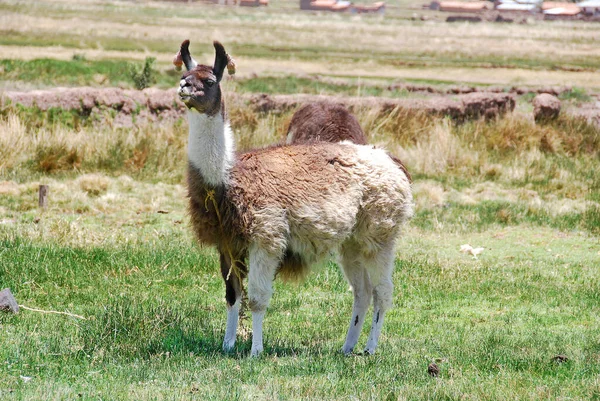

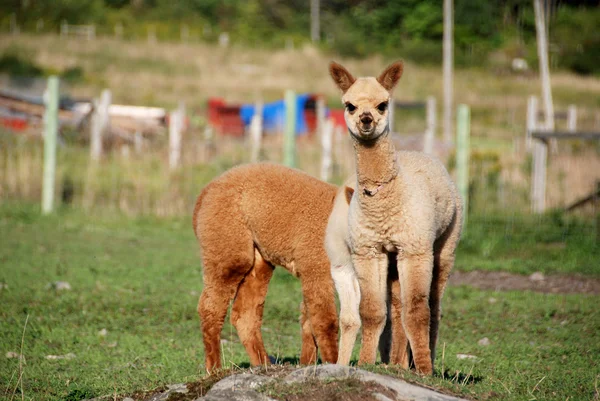

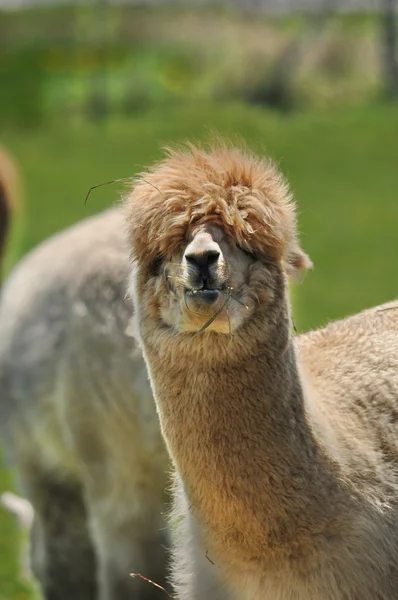




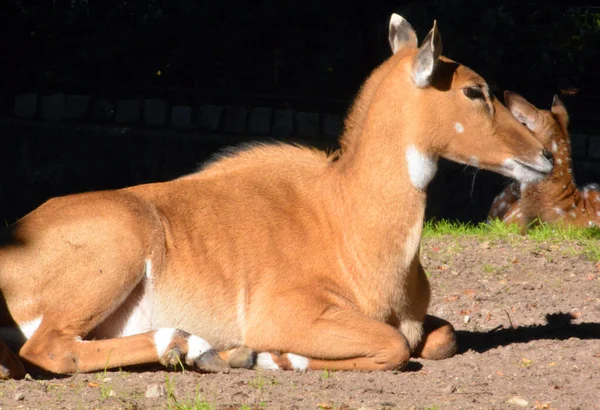
Usage Information
You can use this royalty-free photo "Guanacoes (Lama guanicoe) in Patagonia, Torres del Paine. The name guanaco comes from the South American language Quechua word wanaku (old spelling, huanaco). Young guanacos are called chulengo(s)." for personal and commercial purposes according to the Standard or Extended License. The Standard License covers most use cases, including advertising, UI designs, and product packaging, and allows up to 500,000 print copies. The Extended License permits all use cases under the Standard License with unlimited print rights and allows you to use the downloaded stock images for merchandise, product resale, or free distribution.
You can buy this stock photo and download it in high resolution up to 3872x2592. Upload Date: Mar 1, 2020
